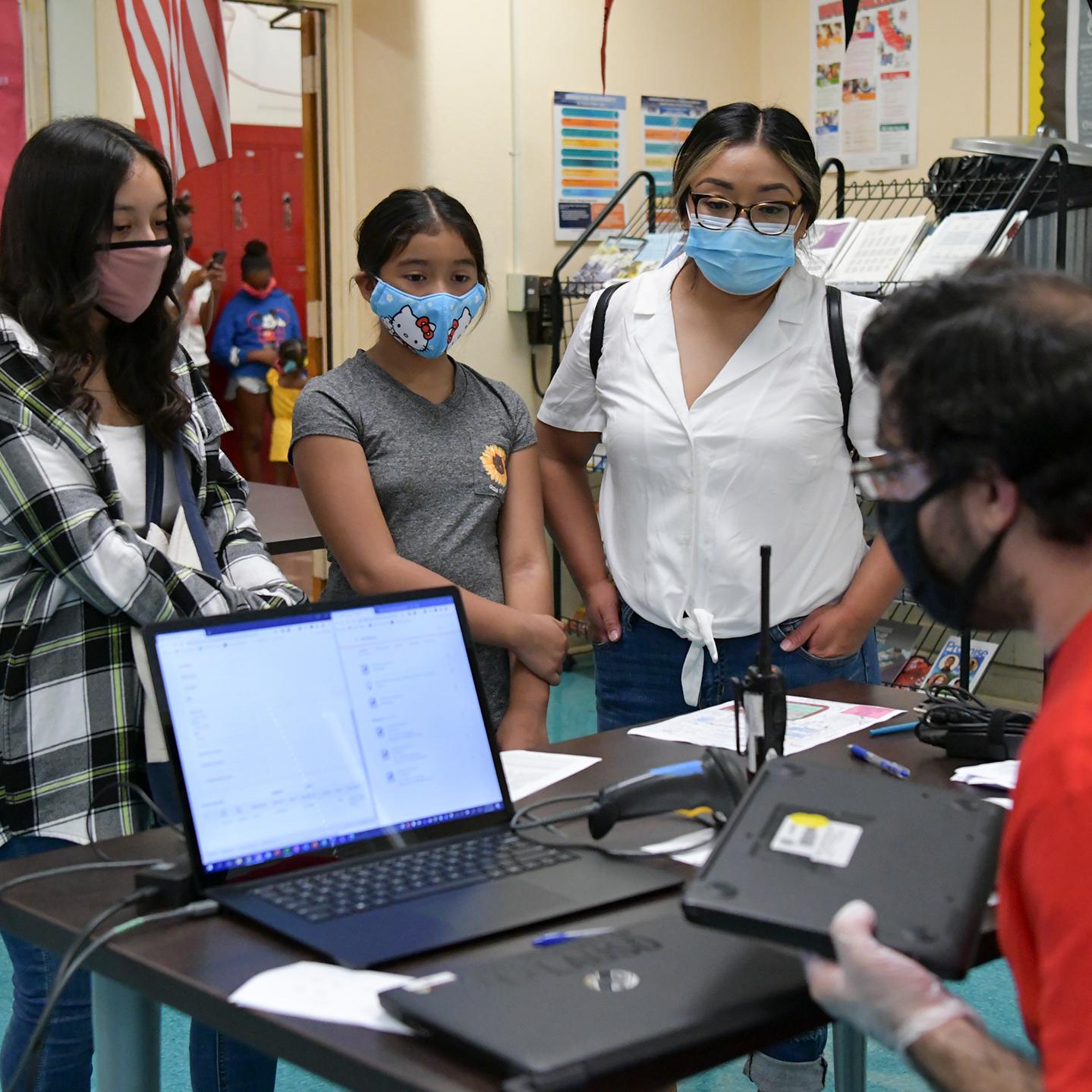
News
How the Pandemic Has Impacted Teachers
A survey conducted by the RAND Corporation assesses the challenges facing educators in the 2020-21 school year
As the United States grapples with the second wave of coronavirus, we’re learning more about how the pandemic has impacted the country’s schools and students. The early findings aren’t encouraging.
A recently-published report by the RAND Corporation shares results of a survey conducted in October with the American Educator Panels, which consist of the American Teacher Panel (ATP) and the American School Leader Panel (ASLP).
The October survey was specifically focused on teachers and principals. According to RAND, the survey “provides the first nationally representative data from both teachers and principals on schools’ activities and needs as they start the 2020–21 school year.”
Researchers found that teachers were working longer hours as their schools adapted to new modes of instruction, with many feeling that their students were entering the school year less prepared than in the past. Before the pandemic, 24% of teachers worked more than 48 hours a week. This fall, after the pandemic forced almost every school in the nation to move to some degree of remote learning, 50% of teachers reported working that many hours.

Only 20% of the teachers who responded to the survey are teaching fully in-person. At schools where more than 75% of students are non-White or more than 75% of students are in a free or reduced-price lunch program, fully in-person instruction was even less common. At those schools, completely remote learning remained the most common mode of instruction.
That shift to remote instruction also continues to exacerbate the inequities of the digital divide. Educators surveyed by RAND said students are still struggling with access to the technology and internet connectivity they need to participate in online and hybrid instruction. Fifteen percent of principals reported more than a quarter of their students lacked digital devices needed to learn remotely, while 24% of principals said more than a quarter of students lacked a reliable connection to the internet.

Ethan Miller/Getty Images
Dana Dyer teaches an online seventh grade algebra class from her empty classroom at Walter Johnson Junior High School on August 24, the first day of distance learning for the Clark County School District in Las Vegas.
This problem isn’t limited to students. At high-poverty and high-minority schools, 28% of teachers described a high-speed internet connection as a “major” or “very major need.”
A majority of teachers indicated that they had received training over the summer to help them teach remotely. Nevertheless, the detrimental effects of the pandemic on learning broadly and remote learning manifested themselves at the start of the year. About two-thirds of teachers reported that a majority of their students returned to school in the fall less prepared than they had been in previous years.
The challenges facing educators created by the pandemic and captured in the RAND research are taking their toll. Yet more than 75% of teachers who responded to the survey said they were unlikely to leave their job. In fact, a small percentage (1–2%) indicated that the pandemic changed their mind about quitting. However, 17% described themselves as “unlikely to leave [their job at the end of the year] before [covid-19], but likely now.”

Source: RAND Corporation, “Will This School Year Be Another Casualty of the Pandemic?”
That number has actually shrunk since 2019, when a survey found about 20% of teachers said they were “somewhat” or “very likely” to quit at the end of the school year. It’s too early to know if it’s an aberration or a cause for hope that teachers have become even more committed to helping their students.
The short-term hope, of course, is that a vaccine will be distributed soon and make it possible for students and teachers everywhere to return to in-person instruction soon. In the meantime, despite unimagined challenges, teachers aren’t giving in.


